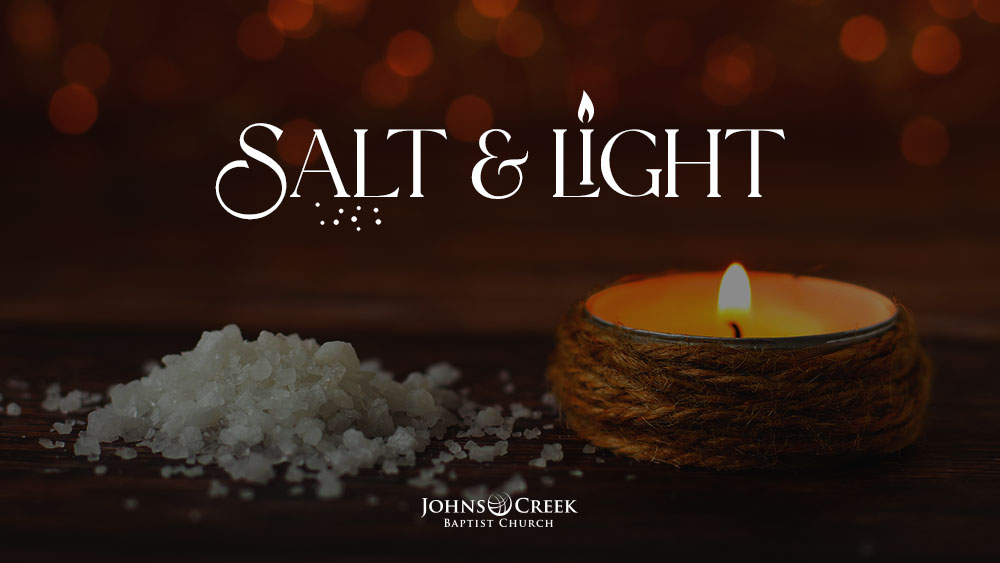When we think of Holy Week, no one really remembers Monday, and even fewer of us know what it means or represents, as we reflect on Christ’s last week on earth. Ironically, Mark’s account of this day in chapter 11 begins with a story that few of us remember and confuses us all. These three verses about the fig tree in Mark gets lost between two Sunday School classics, “The Triumphal Entry” and “The Cleansing of the Temple,” and overlooked as we prepare to celebrate the risen Lord. But if we want to fully engage into what the Lord is doing and allow this word and this week to transform our hearts and our minds, then these are three verses that we need to take seriously.
The famous text of Jesus’ “Temple Tantrum” is sandwiched in the book of Mark between these narratives of the fig tree:
- The cursing of the fig tree, vv. 12-14
- The cleansing of the temple, vv. 15-19
- The withered fig tree, vv. 20-25
It is peculiar because we are told as Jesus approaches the tree that figs are not in season, therefore it would be unreasonable to expect any fruit. Nonetheless, when Jesus discovers the tree is bare he curses it and we later see that the tree withered and died. This is a literary technique that Mark uses throughout his gospel to convey a deeper meaning beyond the story’s simple face value, and that is exactly what is happening here. Jesus comes to this place looking for nourishment, to replenish himself and is disappointed and starved when he comes to find that it has produced no fruit. So what does that mean for us as we explore his actions at the temple? Can we simply chalk up his actions to “hangry” or is there something deeper happening?
When Jesus arrives at the temple, the first thing he would see is the market place that has consumed the Gentile portion (the outer most section) of the temple. This marketplace existed as a concession stand for worshipers to purchase proper animals for required sacrifice, just as we learned about weeks ago in our study of Leviticus. While ritual of sacrifice in the temple was nothing new, the act of buying your sacrifice was a far cry from what Aaron and the first priest preformed in the temple.
Thus the Court of the Gentiles essentially transformed into a corrupt stockyard. Jesus was appalled by the transformation of this sacred space into a marketplace, and we all know what happened next…
With this lens we can see, in the context of the corrupt priests using the temple as a place for personal gain, Jesus’ actions were less a “cleansing of the temple” and more a rejection of it. Jesus, like so many, came to the temple place looking for nourishment, to replenish himself and finds that it has produced no fruit.
As we enter into Holy Week let this be a reminder to us, to inspect our own hearts and minds, are we living out the life that God has called us? Or will those who come to us looking to be nourished and replenished find that we have no fruit to give to those who are hungry.
Kep Pate
Youth Pastor
Johns Creek Baptist Church



2 Comments. Leave new
WOW!!!! I just loved this — come have a snack with us!!!!!! AMEN!!!!
Love this simple, easy to read explanation. Thanks